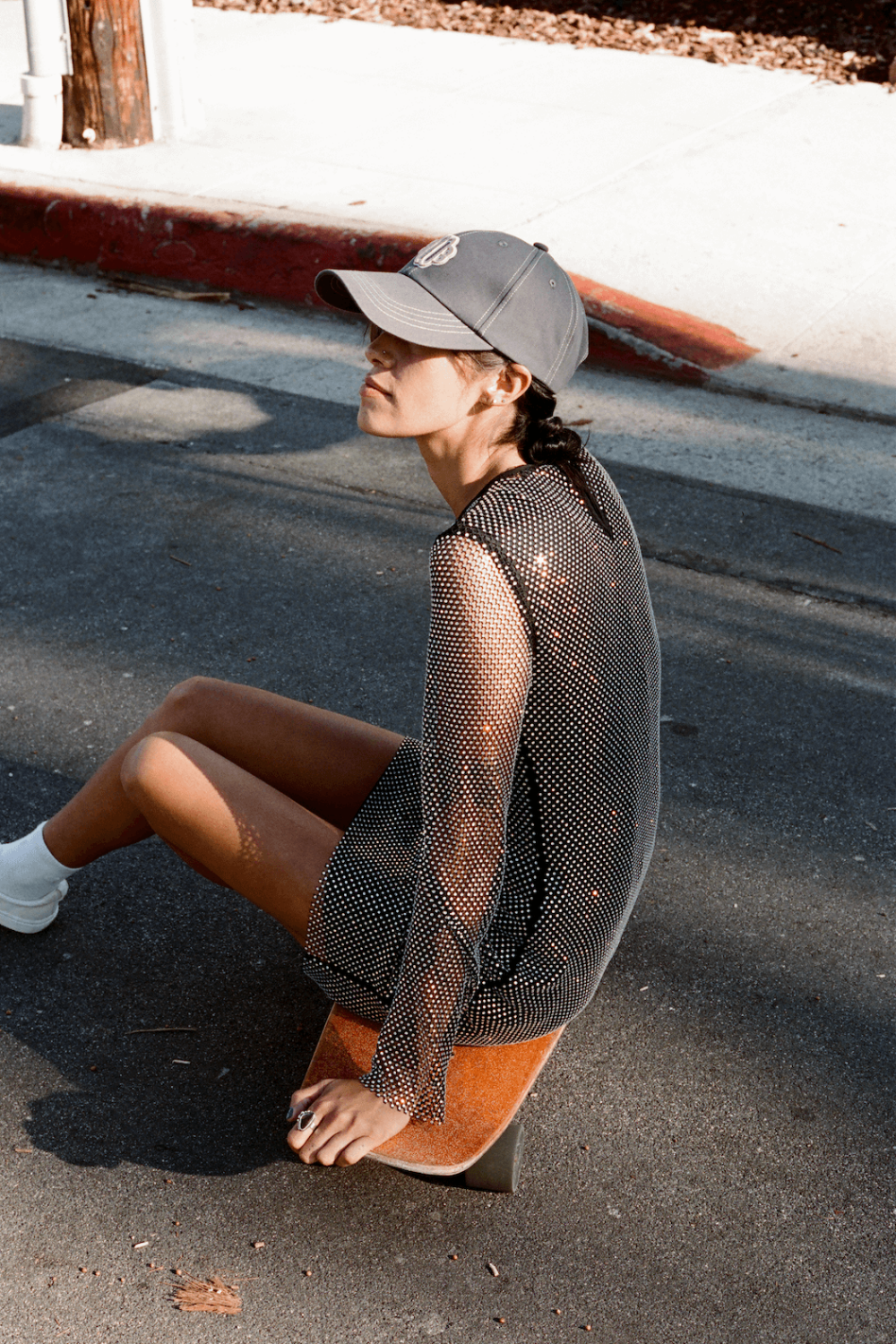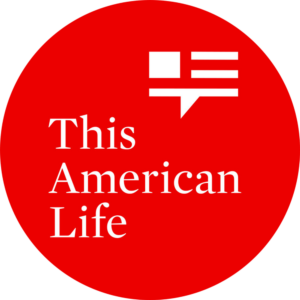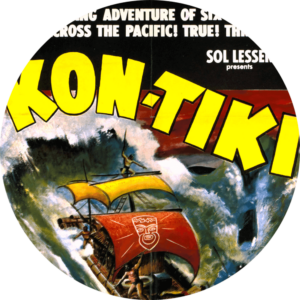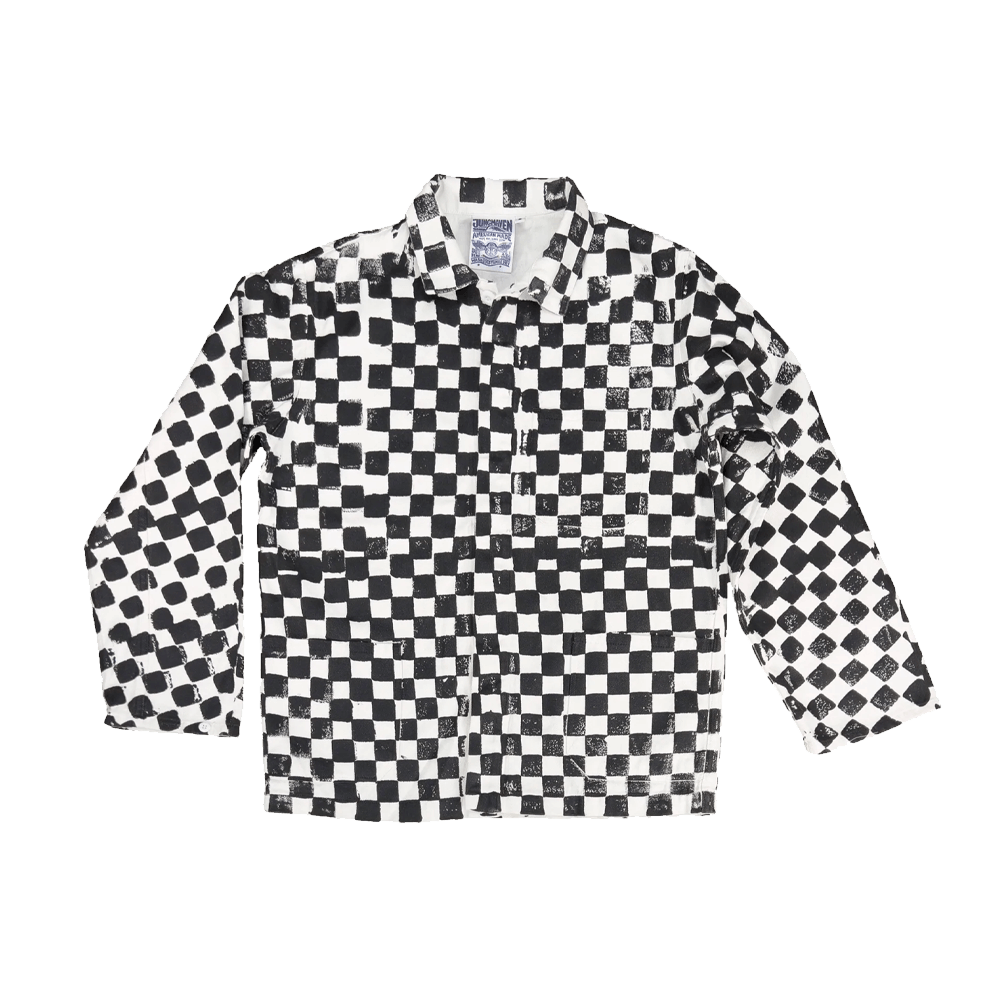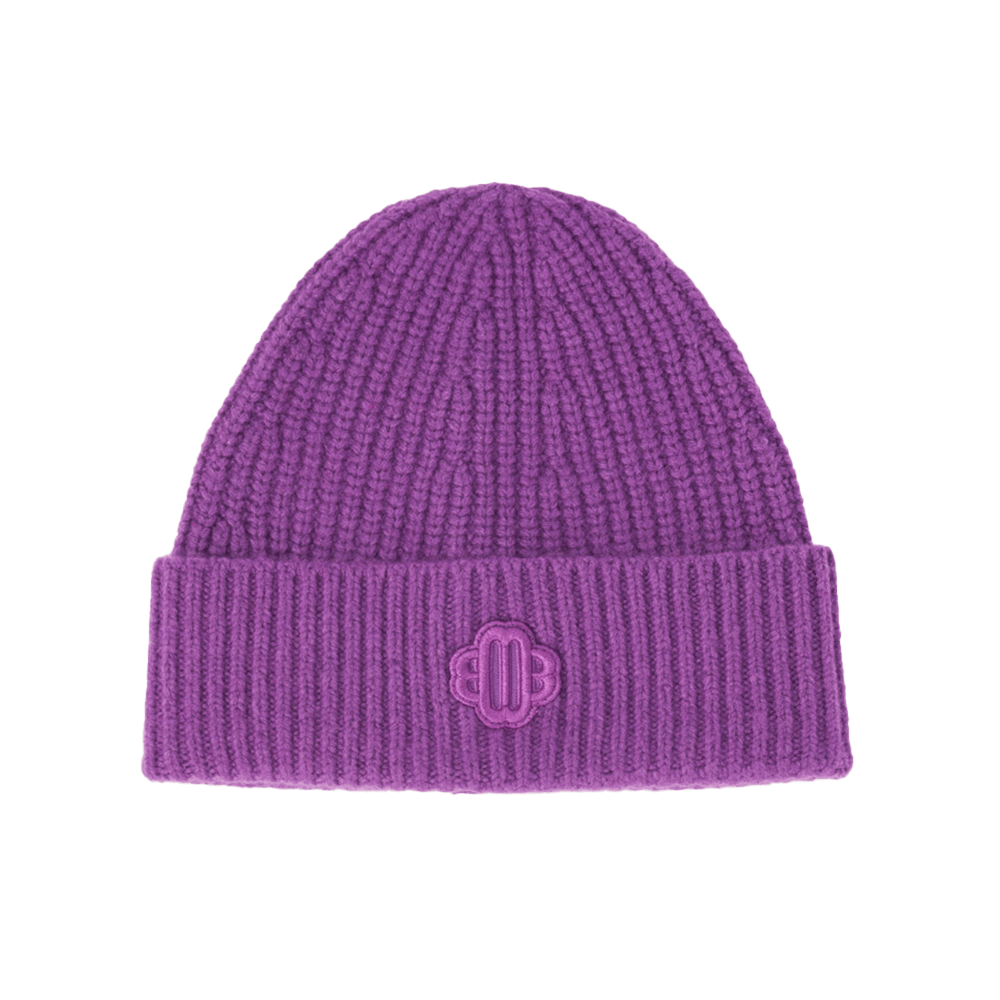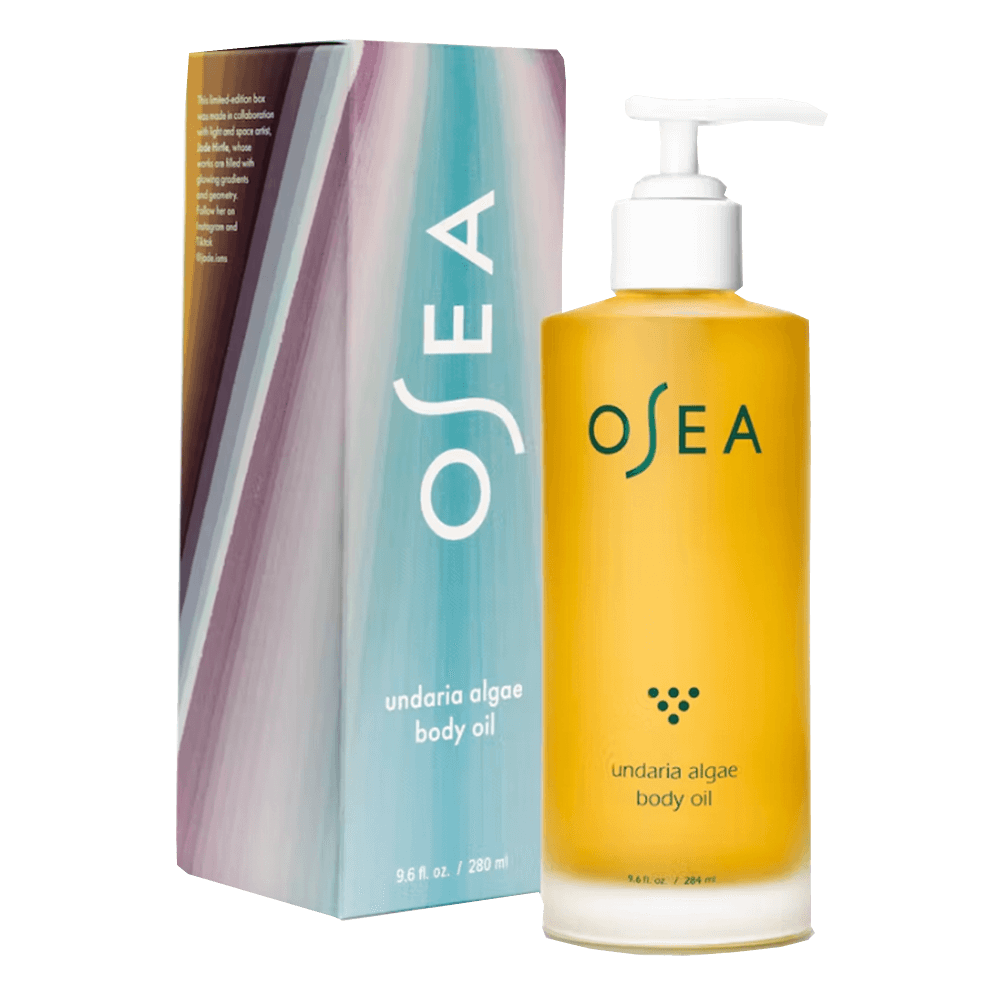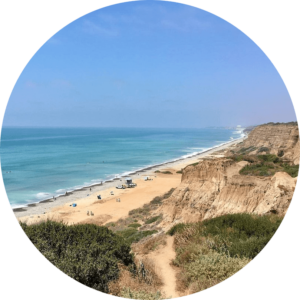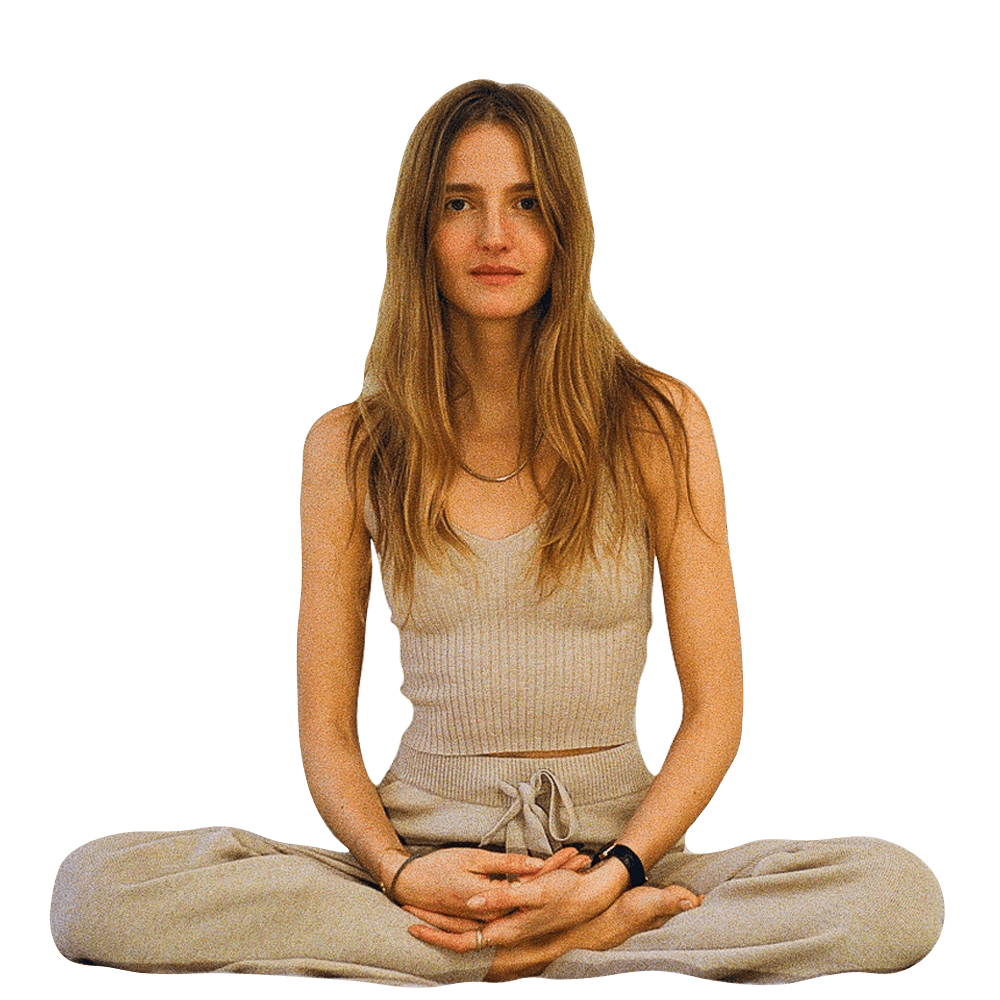“When she begrudgingly moved from France to Venice, Los Angeles five years ago, Lucy Osinski felt lost. “I guess I just didn’t know where to belong,” she tells Semaine. This feeling wasn’t new to her. Over the years, she’s been a professional ballerina, a farmer, a teacher, a tech worker and has never been able to find the community she sought. At 31, it seems she’s certainly found her tribe, in what she calls the “least suspecting place ever”: skateboarding.
Lucy was first taught to skate by her boyfriend, Gabriel, with whom she moved to LA back in 2017. Rather than mastering crazy tricks or skating down ginormous ramps a la Tony Hawk, Lucy opted for surfskating, a style of skateboarding that originated in the 1990s as a way for surfers to hone their skills on land. In surfskating, it’s your hips and shoulders, rather than your feet alone, that control the board. Surfskate boards are designed differently than longboards and traditional skateboards. They’re longer and thicker, and feature special front trucks mounted on a rotated arm to allow skaters to make smooth, tight turns, just like on a surfboard. “Essentially, it makes you feel like you’re dancing,” says Lucy. “For me surfskate is like a full flow – you have to be flowing and moving all parts of your body in this kind of infinity movement to continue on the board.”
Though she wasn’t expecting it, that Lucy picked up skating in Venice is hardly a surprise. Dogtown, an area that straddles Venice Beach and the neighbouring Santa Monica, is the birthplace of modern skateboarding, which began when surfers decided to take to the land (and empty swimming pools) during a severe drought in the 1970s. Now, it’s home to one of the most famous skateparks in the world, Venice Beach skatepark, where crowds gather daily to watch skaters weave through the metallic snakepit or grind along the surrounding handrails.
Far from the park, Gabriel taught Lucy to celebrate the small wins, which included standing on a board to begin with . They took it slow, an approach Lucy thought was contradictory to the dauntless world of skateboarding. A preconceived notion that she wasn’t the right fit for the sport – she was a former ballerina, she wasn’t a ‘cool street-surf kid’ from Cali, and she was a she – melted away as soon as she stepped on the board. “I suddenly went from feeling really confused and lost to feeling like I was a part of this place,” she recalls excitedly. “It’s really different from anything I’ve experienced; I just felt like I had a belonging there. And I just loved the feeling so much – it felt like dancing and flying at the same time.”
It was addicting.
“It’s all I wanted to do 24/7,” says Lucy. “It made me feel like I suddenly had an identity, like I had a thing to focus on and it kind of took over my life.” From then on, Lucy was skating whenever she could, be that on her lunch breaks, on vacation or transporting herself around her new city. But there was one problem: she had no one to skate with. The prospect of entering typically male-dominated spaces like Venice Beach skate park was intimidating and, despite having a sense that she was a part of a wider community just by picking up a board, Lucy still felt somewhat alone. “When I would get on a board, it was still my thing,” she says. “It wasn’t something I was really sharing with others, just because I didn’t have any friends who were girls who were skating.”
Thankfully, Lucy is far from shy and took every opportunity she could to make friends with like-minded women. “Anytime I saw a girl on the skateboard, I would literally just chase her down and ask her to join my text chain,” she says. “I’d say let’s all skate together because I need friends to skate with and I’m too scared to skate alone.” One of those girls was Venice local Lindsay Klucik, who invited Lucy to hang out with a group of her friends and now acts as GRLSWIRL’S Head of Community. By February 2018, Lucy’s text chain (which she called Girls Swirl, because she “imagined an ice cream swirl swirling together,”) was big enough to organise an all-women group skate in Venice.
“It was this momentous evening where we all kind of just stopped and looked at each other and realised, wait, ‘this is this is the best I’ve ever felt,’” says Lucy. “We felt safe. We felt like we had a community.” Lucy and her newfound crew knew this couldn’t be a one-off, and decided they were going to use social media to organise group skates and turn this experience into something official. And so, as if by accident, GRLSWIRL – one of the biggest women-founded skate collectives in the world – was born.
“There was no inclination of a business or movement or revolution,” says Lucy. “We were just skating together and, lo and behold, it turned into something so much bigger.” It’s that togetherness that Lucy believes has driven GRLSWIRL’s success. It was never just a one woman show, as Lucy is sure to point out. It was a collective effort, one that sought to make a space for anyone who might feel excluded from the male-dominated skateboarding scene.
“I think there’s an inherent cultural difference between the way men and women approach some of these harder, more extreme sports,” says Lucy. Generally speaking, she believes that men are encouraged to push their body to their limits, while women might shy away from such a feat. GRLSWIRL wants to help women embrace the fear that comes with trying something new, while creating a space where they can work together, not against each other. “I mean, literally, since I was a kid, I remember watching shows where the women are always fighting, and the girls are always judging and bullying each other,” Lucy continues. “That is the exact polar opposite culture of what we do at GRLSWIRL, and I genuinely think that’s the reason why we’re so successful.”
One of the things that sticks out about GRLSWIRL, when you see them, is their affinity for more feminine clothing, a stark contrast to typical skater fashion. But dressing this way isn’t something that Lucy finds easy to do when skating alone. “In general, a girl on a skateboard does attract attention, so you do feel the eyes on you,” says Lucy. “And you do feel an inclination to want to wear something that makes you feel less objectified.” This is one of the reasons Lucy believes that skater fashion for women often consists of baggy, masculine clothing. “I think a lot of it comes from a place of protection,” she says. “Because when you do go to a skatepark, and you’re wearing the clothes that you might wear to a cafe, or to get dinner with your friends, like 70s high waisted pants and little crop tops, you’re going to deal with the stares and the looks and men coming and talking to you.” Subverting the typical skater look isn’t unique to GRLSWIRL. ImillaSkate, an all-female skate crew made up of indigenous Aymara and Quechua people of Bolivia, choose to wear their traditional skirts, known as polleras, to call out the persecution of their people, who stopped wearing polleras due to discrimination.
… for the full article, pick up the issue of Semaine and become a subscriber.
By Ella Glover for Semaine.
Photography by Zoe Chait.
Special thanks to MAJE.
In need of some new skating gear? Thank goodness our guru from GRLSWIRL is here to help.



What does the word “taste” mean to you?
Lucy:
What satiates, inspires and leads your curiosities.
Do you have a life motto that you live by?
Lucy:
Smarter not harder.
What was the last thing that made you laugh?
Lucy:
A TikTok vid of a racoon.
What are your favourite qualities in a human being?
Lucy:
Grace and vulnerability.
Who is your hero?
Lucy:
My parents.
What is your biggest flaw?
Lucy:
I don’t close toothpastes, bags, doors, pretty much anything that needs to be closed, I forget. I also work too much.
What is your best quality?
Lucy:
Immense and never ending love and excitement for the people and spaces around me.
What would your last meal on earth be?
Lucy:
My moms breaded chicken.
What does success mean to you?
Lucy:
When what you say, do and feel are all aligned.
If you had the power to change anything you wanted in the world, what would you change?
Lucy:
Animal abuse.








